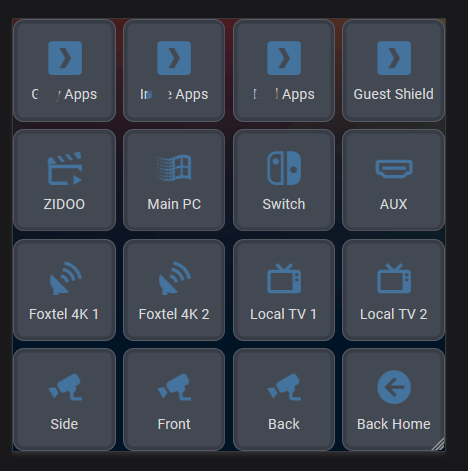

instructions unclear, put entire homelab into a single consumer pc server with mismatched ram and a single off-brand power supply and no battery backup.
If you run everything on a single PI, at least take regular backups so you can image a new SD card quickly when needed and get back up and running within a few minutes.
I used to run pretty much everything on 3 pis, but now just have a single one left that runs HAOS+Nodered+a secondary DNS (because you should always run two separate DNS servers so you can update one at a time without downtime), that gets backed up daily to the main server if a card dies and also keeps a local backup on its SD card for the odd rollback if the server is down, plus I have a spare SD taped to it ready to go with an older image but one that would be able to boot and pull the latest backup from another source, my main server is a purpose built storage and compute server that runs all the heavy stuff, then there’s a couple of N95 mini PCs that run proxmox for small tasks and general homelabbery.














Thanks I hate it.